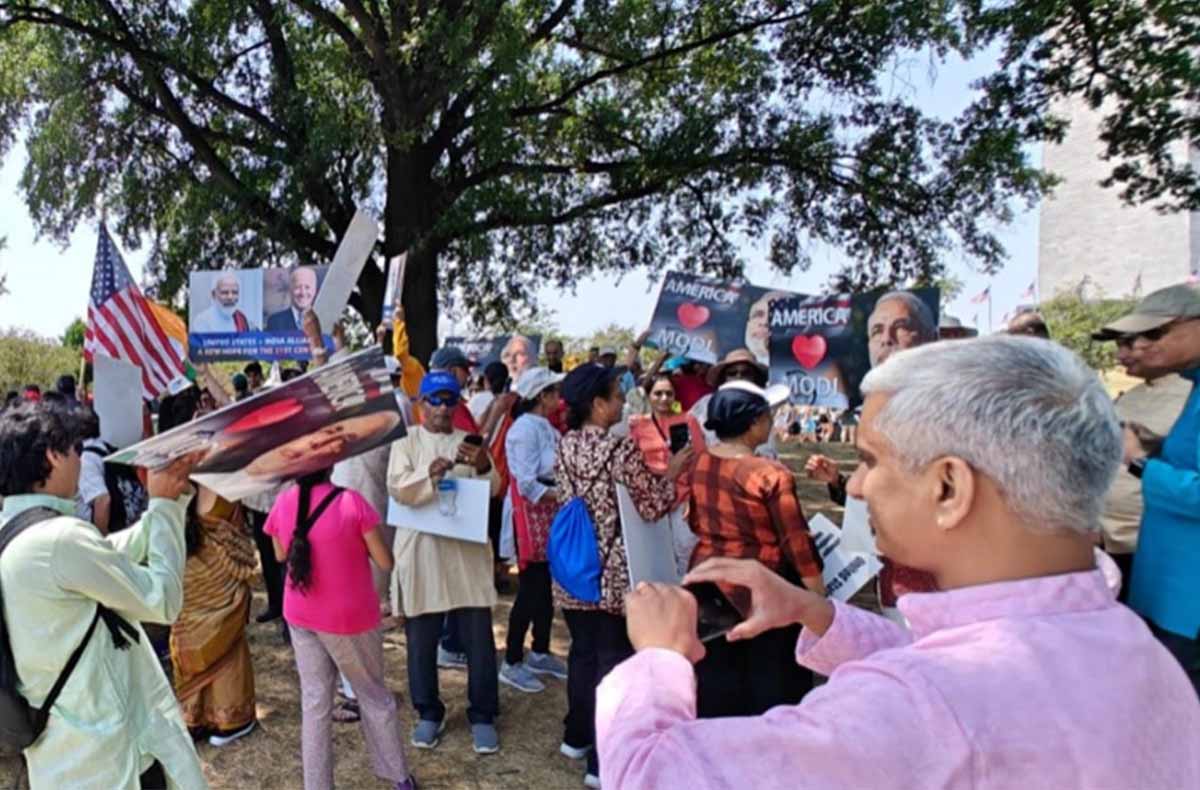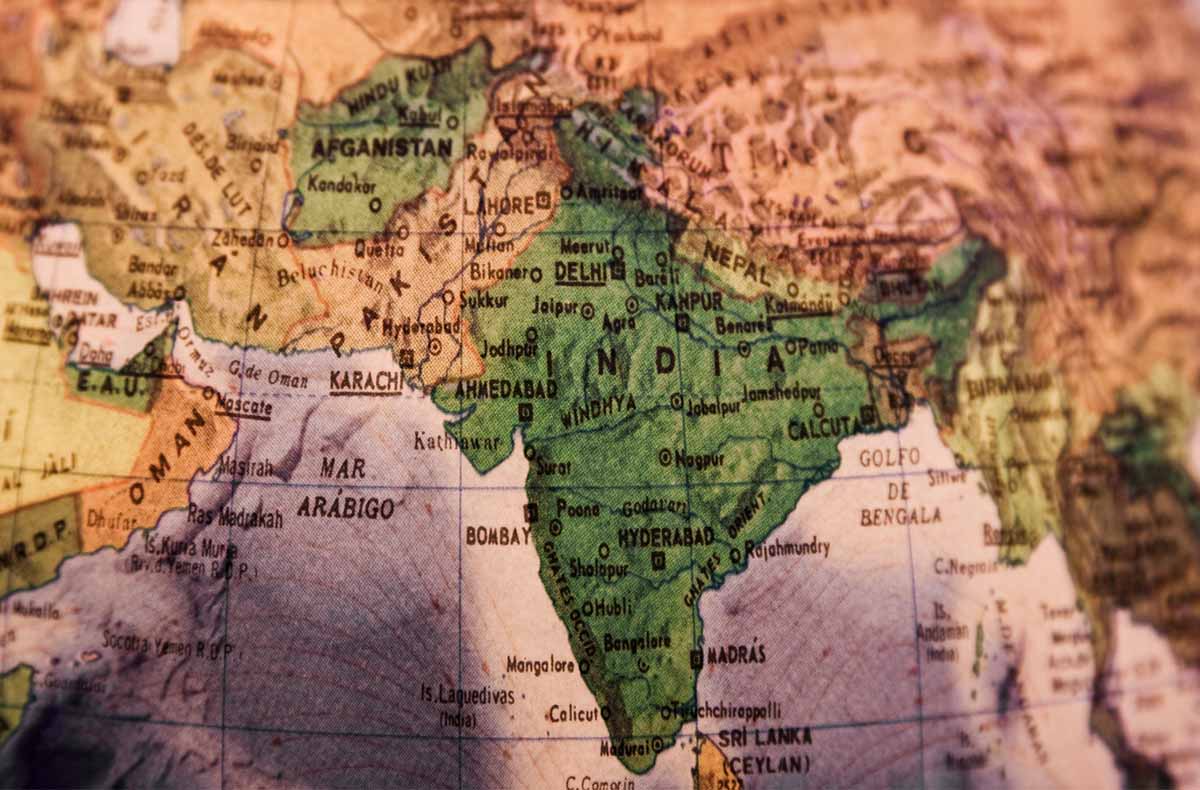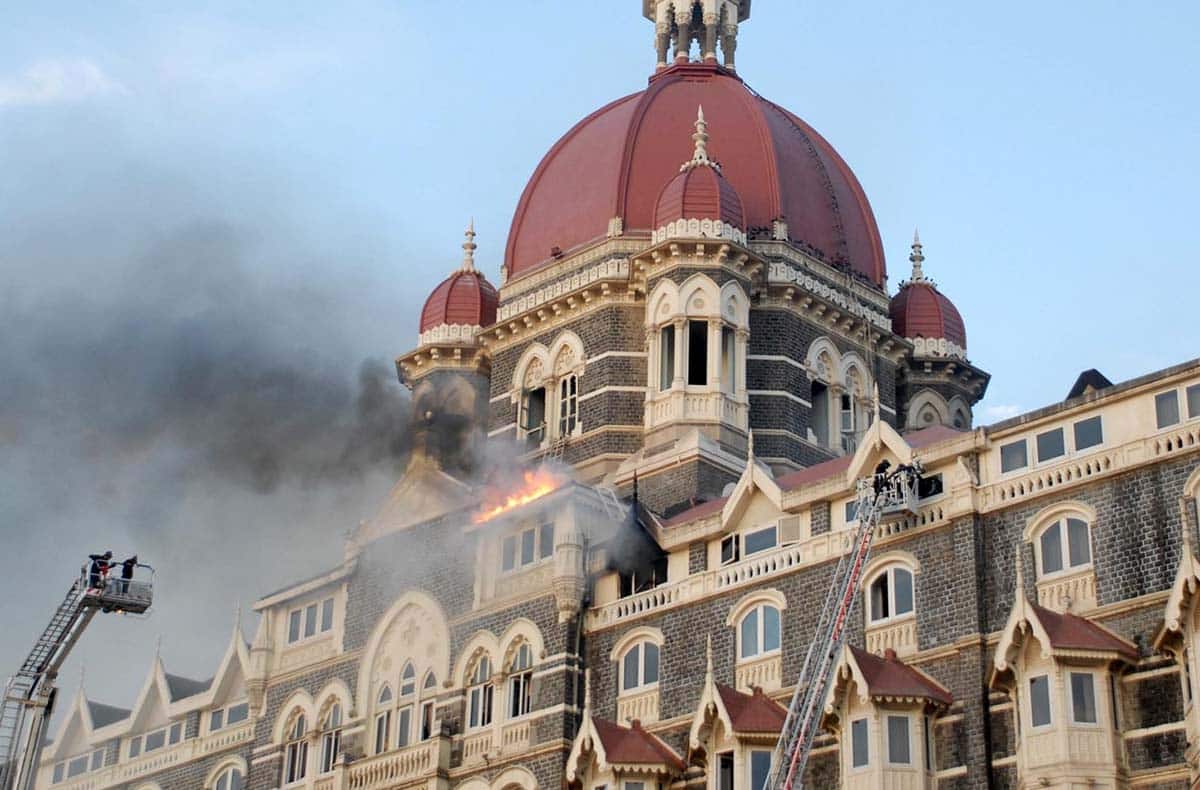
Recently, India’s Foreign Minister Subrahmanyam Jaishankar grabbed global attention when he called Pakistan the “epicenter of terrorism” while speaking to an Austrian TV channel ORF.at. To most people in the West, the mention of Pakistan and its intelligence agency ISI (Inter-Services Intelligence) brings back memories of September 11, Khalid Sheikh Mohammed, the Taliban, and Osama bin Laden. But to observers of geopolitics, Pakistan and the ISI carry a legacy that goes back decades before 9/11.
Pakistan was born from war. Since its inception on August 14, 1947, the Pakistani Army and ISI agency have promulgated chaos and carried out numerous acts of terror, which continue to this day. Pakistan is known to harbor Kashmiri groups and members of the Taliban. This piece is a curated list of terrorist activities carried out either directly or by way of proxies of the Pakistani Army or the ISI since the establishment of the Islamic Republic of Pakistan.
Massacres and independence
On August 26, 1947, a group of Pakistani Baluchi soldiers killed approximately 10,000 non-Muslim civilians in Sheikhupura, also raping women and girls. This massacre arguably solidified perceptions of Pakistan from its inception, an image that continues to define the Islamic Republic to this day.
On August 5, 1965, Pakistan launched a strategy to infiltrate Jammu and Kashmir, dubbing it “Operation Gibraltar,” which was an attempt to start a rebellion against Indian rule there. Over 1300 people were killed during this attempted infiltration when paratroopers and guerrillas from the Pakistan Army’s 50th Airborne, disguised as locals, entered Jammu and Kashmir from Pakistan with the intention of inciting an insurgency among Kashmiri Muslims. This ultimately led to the start of the Indo-Pakistani War of 1965 or the Second Kashmir War.
Four years later, in January of 1969, riots began in East and West Pakistan over regional autonomy. In what was later described as the largest unrecognized genocide of the 20th century, the Pakistan Army and its allied Islamists murdered millions of Bengalis, mostly Hindus. Then, on December 16, 1971, Bangladesh declared independence from Pakistan after a bloody war between India and Pakistan. This led to the start of a series of nefarious operations meant to undermine India and nations deemed enemies of the Pakistani state.
The disintegration of Pakistan in 1971, had a profound impact on its Army and the ISI. Since then, targeting India under the guise of any geopolitical context became its sole reason for existence. Pakistan tasted initial success when it successfully used a big section of the Sikh diaspora against India, leading to Operation Bluestar, the murder of Prime Minister Indira Gandhi and the Air India bombing of 1985. The latter being the worst terror attack in Canadian history.
Operation Tupac
Formed in 1989 as a military intelligence program run by the ISI, this operation was designed to gain covert support of the militancy in Indian Kashmir. It is believed Operation Tupac is still active today. The objectives of the operation are to disintegrate India, exploit the porous borders that exist with Nepal and Bangladesh in order to set up bases and conduct operations, and to utilize the ISI’s spy network to act as an instrument of sabotage. Under this program, the ISI has created at least six militant groups in Kashmir, including Lashkar-e-Taiba (LET) and Jaish-e-Mohammed (JEM), and it is believed the ISI continues to provide protection to and share intelligence with said groups.
Confirmation of this includes a quote from then-Pakistan President General Pervez Musharraf in October 2014 who stated: “We [Pakistan] have sources (in Kashmir) besides the (Pakistani) army… People in Kashmir are fighting against (India). We just need to incite them.” This incitement has been displayed throughout the years including on March 12, 1993 when a series of 13 bomb explosions took place in Mumbai, Maharashtra in what were viewed as the most destructive explosions in Indian history, leading to over 250 fatalities and 1,200 injuries in a single day. On March 7, 1999, two time bombs were planted during an event for Bangladesh Udichi Shilpigoshthi (cultural group) which killed 10 and wounded another 150. It was determined that Harakat-ul-Jihad al-Islami, a known ISI associate, was behind the attack.
Then, on December 13, 2001, five terrorists infiltrated India’s Parliament House with a car that was misleadingly labeled ‘Home Ministry and Parliament’, and proceeded to shoot up the compound, killing 12 and wounding 18. The attack was linked to Lashkar-e-Taiba and Jaish-e-Mohammed.
On July 7, 2005, Pakistan was accused of carrying out four coordinated suicide bombings through its terrorist proxies that targeted London commuters traveling on public transport during the morning rush hour. The bombings resulted in the deaths of 52 UK residents and injured over 700 more.
One year later, on July 11, 2006, a series of bomb blasts took place on the suburban railway in Mumbai. The bombs were set off in pressure cookers on trains killing 209 people and injuring 700 more. Lashkar-e-Qahhar, a terrorist organization, claimed responsibility for the bombings. However, CNN later reported that the Indian government accused Pakistan’s military spy agency (ISI) of planning the bombings.
The year 2008 was one of the most nefarious years in Pakistan and ISI’s terror-related archives. U.S intelligence officials suggested to The New York Times that Pakistan’s ISI planned a July 7 suicide bomb terror attack which occurred at the Indian Embassy located in Kabul and killed 58 people, leaving another 141 wounded. Later that month, on July 26, a series of 21 bomb blasts hit Ahmedabad, India, within a span of 70 minutes, killing another 58 and injuring over 200. The bombings were carried out by Islamic Terrorist group Harkat-ul-Jihad al-Islami, which is known to be supported by the ISI.
Four months later, between November 26 and 29, the Mumbai terrorist attacks took place. These coordinated attacks involved twelve shooting and bombing attacks across Mumbai, by members of Lashkar-e-Taiba, killed 166 people and wounded over 600. Ajmal Kasab was the only attacker captured alive. He confessed upon interrogation that the attacks were conducted with the support of Pakistan’s ISI.
On February 13, 2010, another bombing occurred at a German bakery in Pune, Maharashtra leaving18 people dead and injuring at least 60 more. The mastermind behind this deadly attack was the head of Harkat-ul-Jihad al-Islami.
Continued terrorism today
The ISI’s nefarious handiwork through its thugs and terrorist proxies continues to this day.
On August 14, 2022, just days before India’s Independence Day, Punjab Police said they along with the Delhi police busted an ISI-backed terror attempt with the arrest of four members associated with foreign-based gangsters.
As we enter 2023, the world is bracing for an economically and politically unstable and increasingly violent Pakistan. What that entails is a renewed threat for ISI-sponsored terror attacks in India. If there is one thing that Pakistan and its intelligence apparatus count on during dire times, it’s a shared hatred for India and the West.



